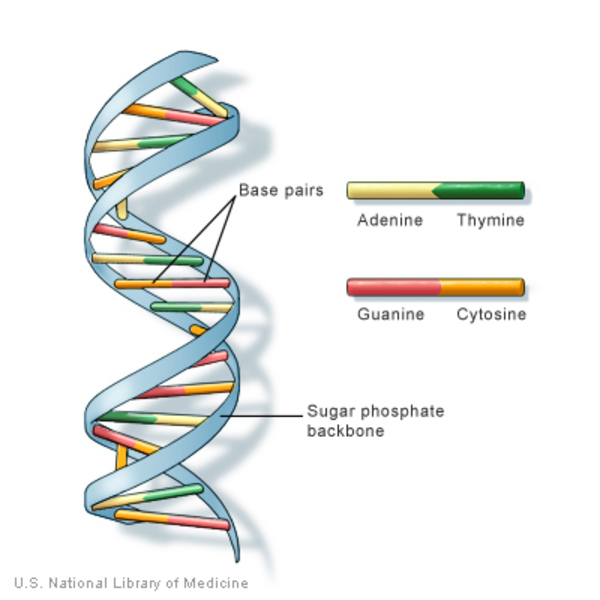
Despite incompletely resolved questions (e.g. These vaccines are now used worldwide for mass immunization programs, and data on vaccine efficacies justify the hope that vaccination can indeed be the main instrument for preventing serious disease and death, and more generally for combating the pandemic 1, 2, 3, 4. The development of COVID-19 vaccines was extremely fast and successful, with several manufacturers having obtained market authorization for their products within the first year from the identification of the virus (SARS-CoV-2). Distinguishing characteristics and unknown features are highlighted in the context of protective antibody responses and reactogenicity of vaccines. In this article, we review the relevance of structural modifications of S in different vaccines and the different modes of antigen expression after vaccination with genetic adenovirus-vector and mRNA vaccines. They all rely on the native viral spike protein (S) of SARS-CoV-2 for inducing potently neutralizing antibodies, but the presentation of this key antigen to the immune system differs substantially between the different categories of vaccines. mRNA, adenoviral vector as well as inactivated whole-virus vaccines are now in widespread use, and a subunit vaccine is in a final stage of authorization. This enormous progress was achieved with fundamentally different vaccine technologies used in parallel.

Several of them have reached market authorization and mass production, leading to their global application on a large scale.

COVID-19 vaccines were developed with an unprecedented pace since the beginning of the pandemic.


 0 kommentar(er)
0 kommentar(er)
